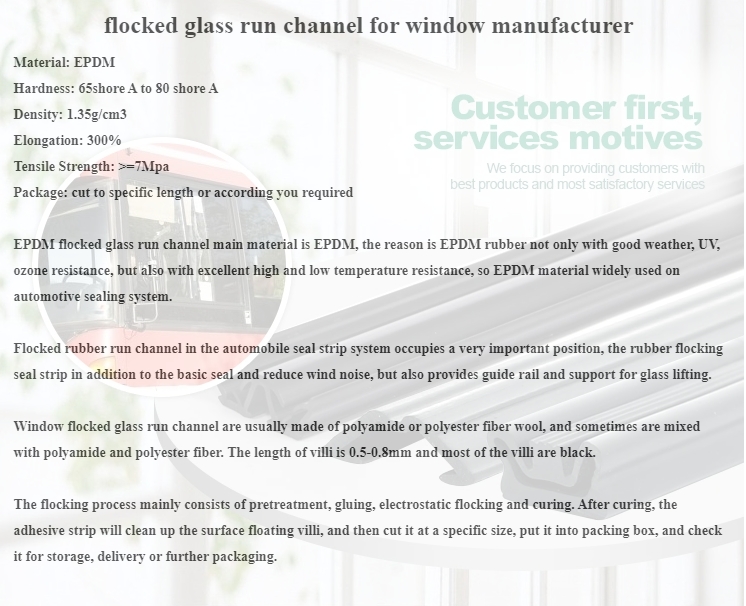Aluminum-Plastic Edge Strip Production Facility for Quality Manufacturing Solutions
سپتامبر . 23, 2024 16:05 Back to list
Aluminum-Plastic Edge Strip Production Facility for Quality Manufacturing Solutions
Exploring the Aluminum-Plastic Edge Strip Factory
In the modern world of construction and design, the materials we choose can significantly impact aesthetics, durability, and functionality. One such versatile material that has garnered attention in recent years is the aluminum-plastic edge strip. Factories producing these strips have become vital to industries ranging from furniture design to interior architecture. This article delves into the intricacies of an aluminum-plastic edge strip factory, examining its production processes, advantages, applications, and the future of this innovative material.
Understanding Aluminum-Plastic Edge Strips
Aluminum-plastic edge strips are composite materials that combine the lightweight yet strong properties of aluminum with the plastic's flexibility and aesthetic diversity. The result is a product that not only enhances the structural integrity of furniture and cabinets but also offers a range of colors and finishes to suit any design scheme. These edge strips are primarily used to cover the raw edges of materials such as MDF (medium-density fiberboard) or particleboard, providing a finished look while protecting the edges from damage and moisture.
The Production Process
The manufacturing process of aluminum-plastic edge strips involves several steps to ensure high quality and durability. Firstly, aluminum sheets are cut into strips of desired widths and lengths. The choice of aluminum alloy can vary depending on the intended application, but most factories use materials that balance workability and strength.
Next, the plastic layer is produced. Often made from PVC or PMMA, the plastic is extruded or molded to create the desired thickness. The plastic can be colored or coated with finishes that mimic wood, metal, or other materials, providing designers with aesthetic options that meet modern design trends.
Once both components are ready, they undergo lamination. During this process, the aluminum and plastic layers are fused together using strong adhesives under precise temperature and pressure conditions. This not only ensures a strong bond but also improves the overall weather resistance of the edge strips.
Finally, the strips are cut to size and undergo a quality control inspection. Ensuring dimensional accuracy and surface quality is critical, as these factors directly impact the final product's performance and appearance.
Advantages of Using Aluminum-Plastic Edge Strips
aluminum-plastic edge strip factory

The popularity of aluminum-plastic edge strips can be attributed to several key advantages. Firstly, their durability is unmatched. The aluminum layer provides excellent protection against physical impacts, while the plastic layer offers moisture resistance. This makes them particularly suitable for kitchen and bathroom applications where humidity can be a concern.
Secondly, the aesthetic versatility of these strips allows for endless design possibilities. With a wide array of colors, textures, and finishes available, designers can easily find the perfect match for their projects, enhancing the overall appeal of the furniture or space.
Moreover, these edge strips are lightweight, making them easy to handle and install. This can lead to significant labor savings in manufacturing and construction, where time and efficiency are paramount.
Applications in Various Industries
Aluminum-plastic edge strips find applications across numerous industries. In the furniture industry, they are commonly used in kitchen cabinets, office furniture, and shelving, where both protection and aesthetics are crucial. In the automotive sector, they help provide sleek finishing touches to interiors while protecting edges from wear and tear.
Additionally, the architectural industry leverages these strips in decorative wall panels and signage, where both durability and design are essential factors. The ability of these strips to withstand various environmental conditions further extends their applicability in outdoor settings.
The Future of Aluminum-Plastic Edge Strips
As sustainability becomes a priority in manufacturing, aluminum-plastic edge strip factories are increasingly exploring eco-friendly materials and processes. Innovations in recycling techniques and the development of biodegradable plastics could significantly shape the future production of these strips. Furthermore, advancements in technology may enable manufacturers to create even more customized solutions, meeting the specific needs of designers and consumers alike.
In conclusion, aluminum-plastic edge strip factories represent a significant innovation in the world of materials. Their unique properties, combined with a flexible production process, ensure they will continue to play a crucial role in various industries for years to come. As the demand for durable, aesthetically pleasing materials increases, these factories will be at the forefront of providing solutions that meet modern design challenges.
-
LED Neon Rope Light Outdoor Companies: Durable & Bright Solutions
NewsAug.27,2025
-
Premium Window Seal Strip Adhesive: Manufacturers & Suppliers
NewsAug.26,2025
-
Best Window Seal Strip Adhesive Companies: Strong, Durable Seals
NewsAug.25,2025
-
Karcher A2004 Wet & Dry Vacuum Filter: Premium Replacement Cartridge
NewsAug.24,2025
-
Premium Vacuum Filter for Karcher VC 4, VC 6, VC 7 & Tineco A10, A11
NewsAug.23,2025
-
Hi-Flo HF155 Oil Filter KTM 250 EXC Racing 03-06 | OEM 580.38.005.000
NewsAug.22,2025
